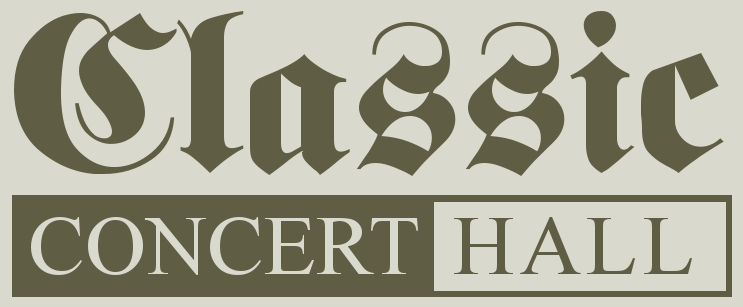|
Comments (1)
Comment on this music
Login/Register to post a comment.
|
Marketa Fantasia
Uploaded by: musicalis
Composer: Verpeaux, Jean-Paul Organ: Pitea school of music, by Al Morse Software: Hauptwerk IV Views: 75
Fantasia 2022
Uploaded by: CarsonCooman
Composer: McDougall, Allan Leslie Organ: Blackburn Cathedral Software: Hauptwerk VII Views: 30
Sicilienne
Uploaded by: Streicher
Composer: Bach, J. S. Organ: Cavaillè-Coll, Saint Eucaire (1902) Software: Hauptwerk IV Views: 418
|
Uploaded by:
|
petervdzwaag (01/04/13)

|
|
Composer:
|
Groenendijk, Piet J. 
|
|
Sample Producer:
|
Milan Digital Audio 
|
|
Sample Set:
|
Cavaillè-Coll, Saint Eucaire (1902)

|
| Software: | Hauptwerk IV |
| Genre: | Modern |
| Description: | Piet Groenendijk (*1948) studied the organ at the Rotterdam Conservatoire with Arie J. Keyzer. He graduated in 1975 and won the Conservatoire's Prix d' Excellence in 1978.
Along with his organ work he undertook advanced academic musical studies at the Rotterdam Conservatoire with Ludwig Otten, Roel Riphagen and Jan Kleinbussink. This Master's degree was gained in 1977.
He held the post of choirmaster-organist at Zwijndrecht-Groote Lindt (1971-1978) and at Diepenveen (1981-1992).
In 1976 he was appointed professor of academic music at the Rotterdam Conservatoire. From 2000 he has also been music consultant at the ICT department, developing specialist material for coursework and examinations for use on the computer and he is the Conservatoire's Project leader for e-learning. Furthermore he is a member of the board of examiners for organ of the Royal Conservatoire at The Hague.
Until 1992 he appeared professionally as organist and harpsichordist on a regular basis, since which time he has concentrated on composition. Since the beginning of 2006 he started playing the organ again and is organist of the Vollebregt-organ (1854) of the Sint-Genovevakerk at Breugel.
As a composer Piet Groenendijk is self-taught. In his compositions he has employed a number of styles, but from the "Symphony" (1989) he has used twelve tone technique on a regular basis.
While Schönberg and others used this technique on a contrapuntal basis, for Groenendijk the harmonic aspect is the starting-point. In other words, he has more affinity with Alban Berg than with Schönberg or Webern.
After the "Symphony" he wrote "Four meditations", "Ligaduras", "Passingala", "Chacony" and "Laudate" using the same idiom.
The Fantasia sopra Hymnus 'Jesu Corona Virginum' is an early work and is still rather conventional in its harmonies. The Gregorian hymn is heard in four stanzas and a coda, as one continuous movement.
In the future I may record the aforementioned pieces as well. |
| Performance: | Live |
| Recorded in: | Stereo |
| Playlists: |
|
|
Options:
|
 Sign up today to download piece. Sign up today to download piece.
 Login or Register to Subscribe Login or Register to Subscribe
 See what petervdzwaag used to make this recording See what petervdzwaag used to make this recording
|
|
|



